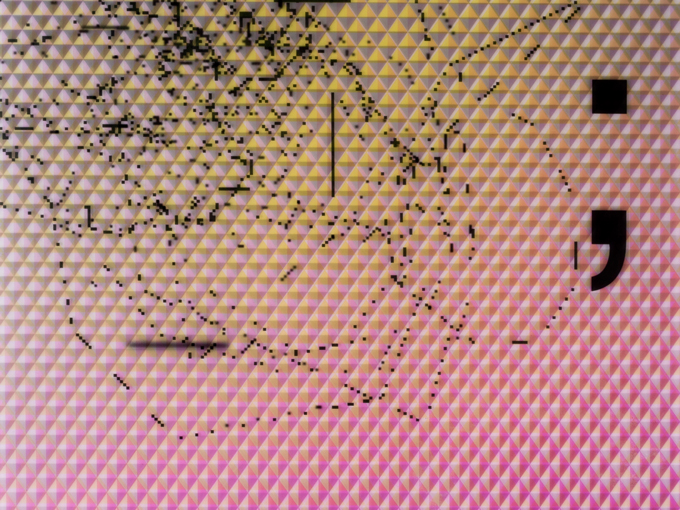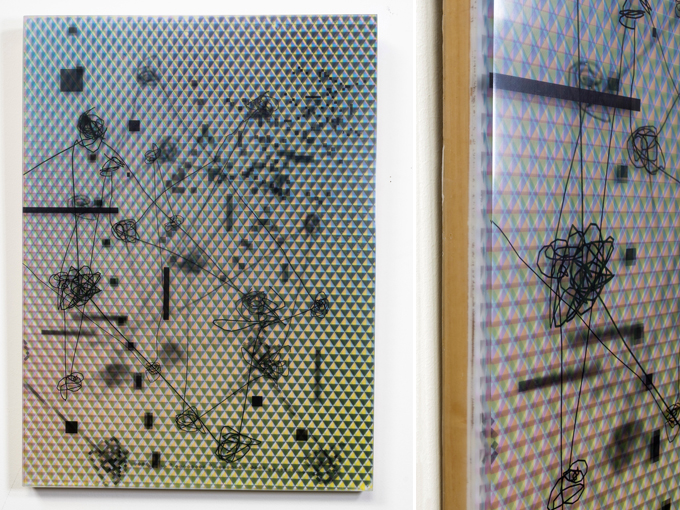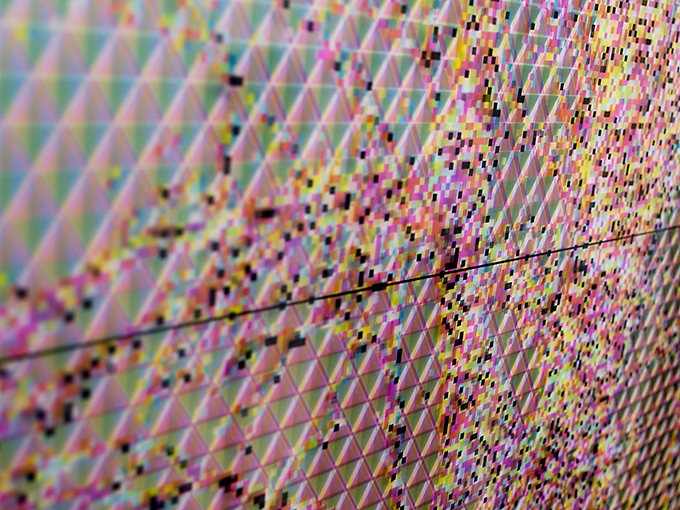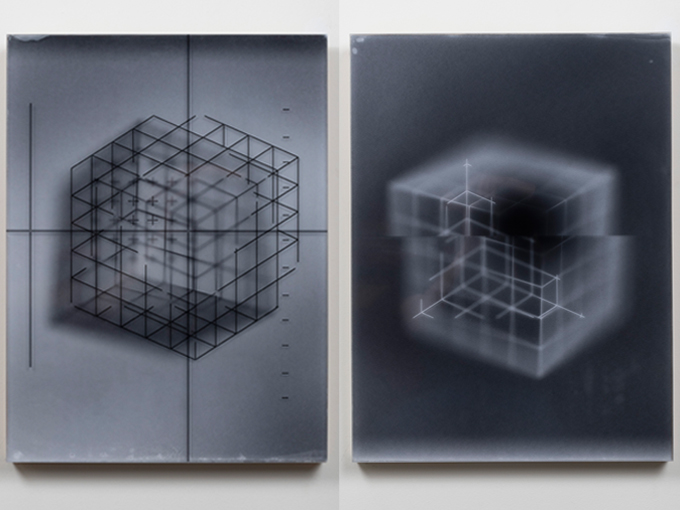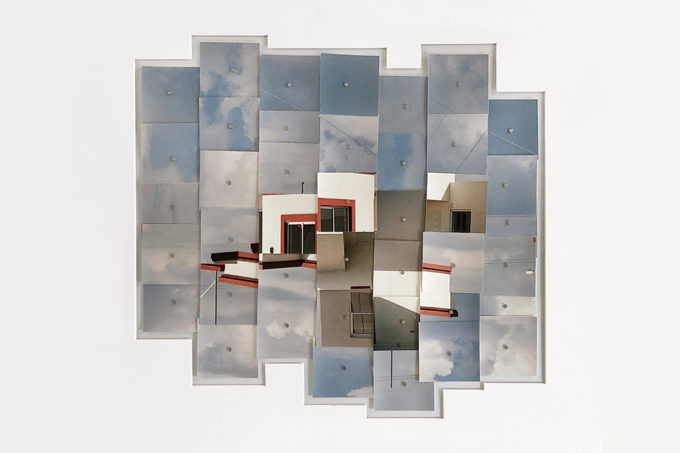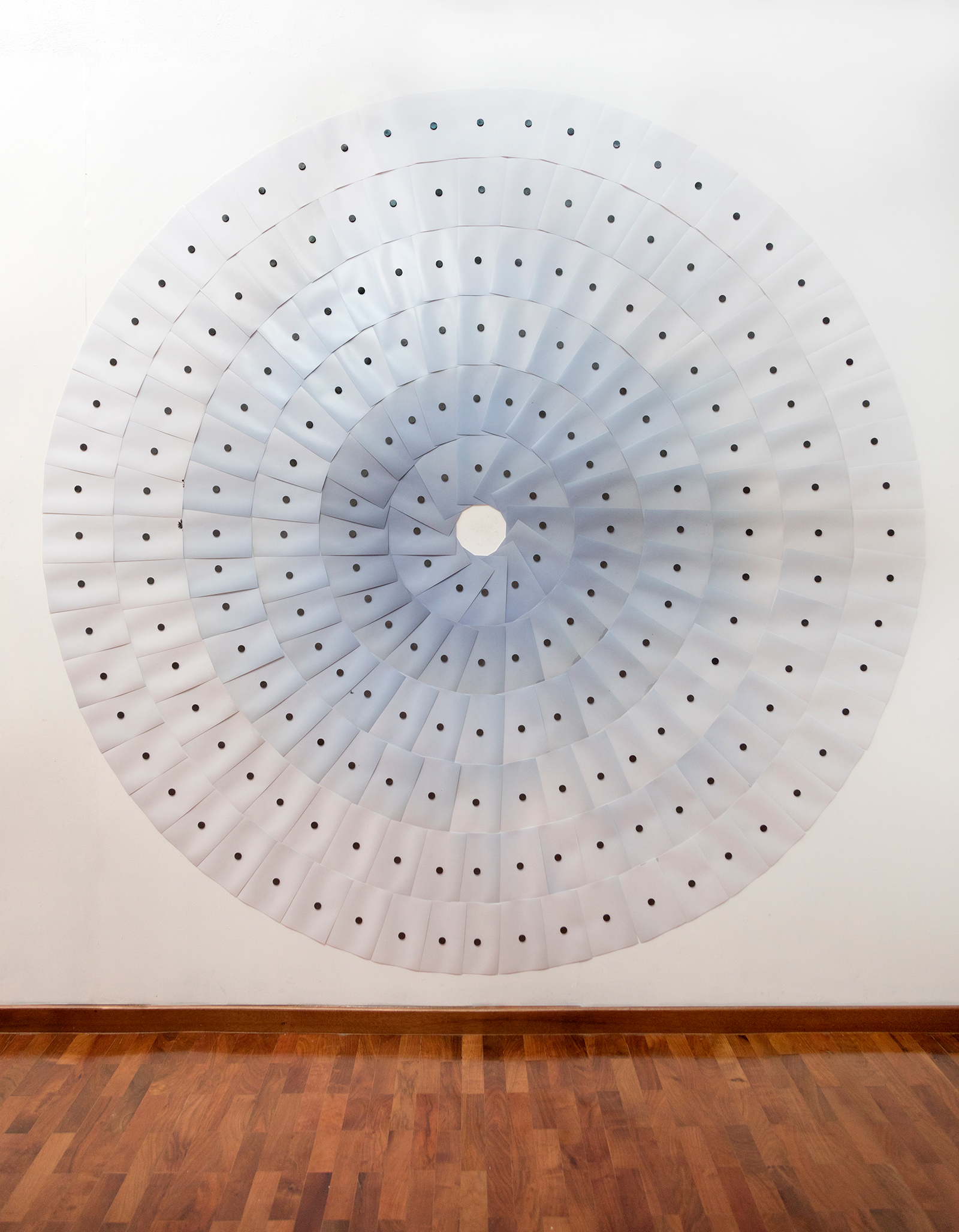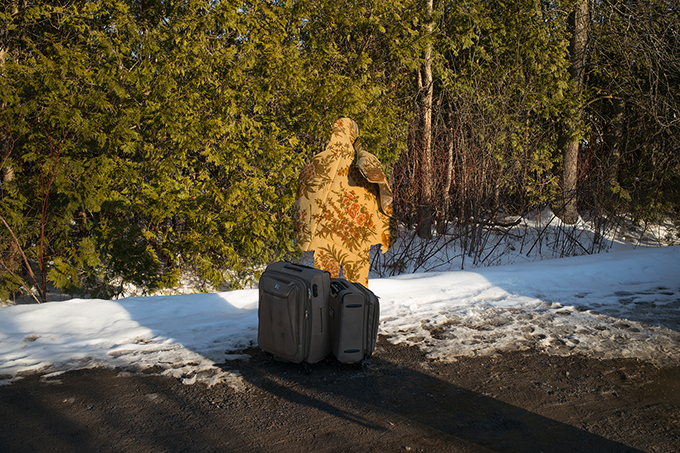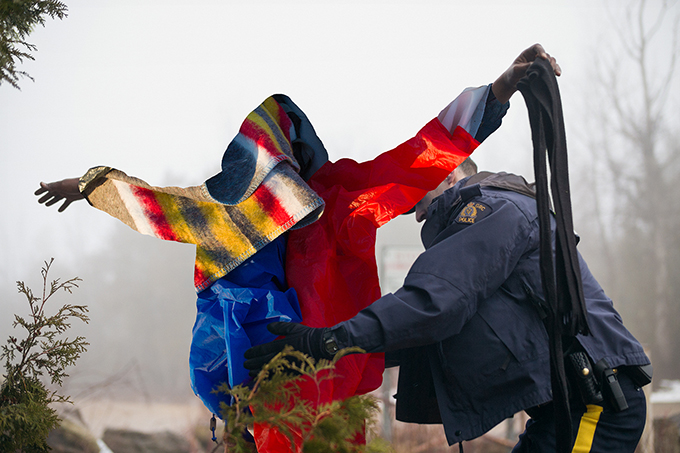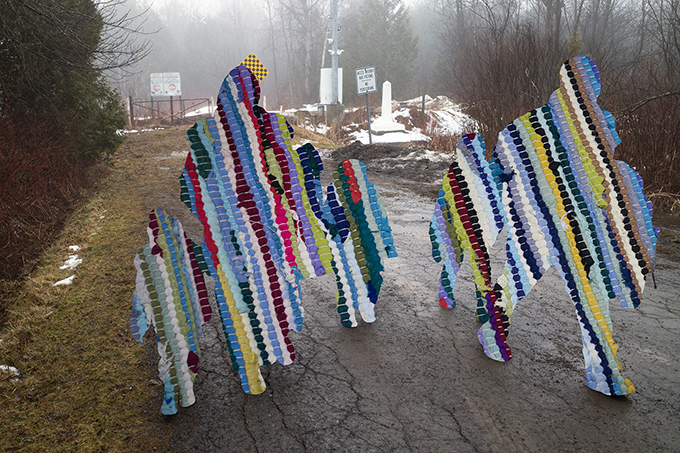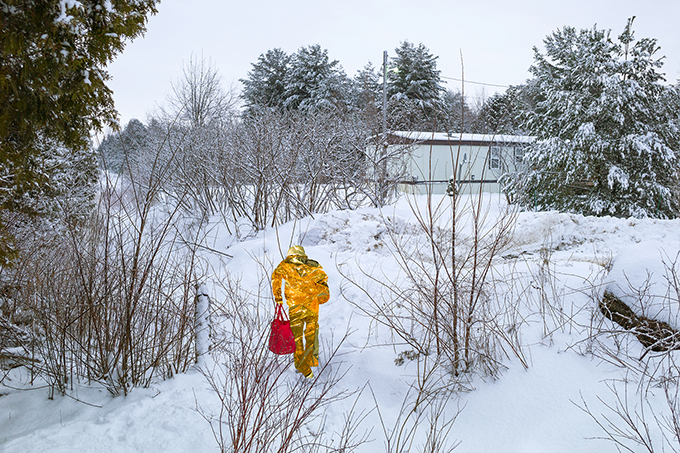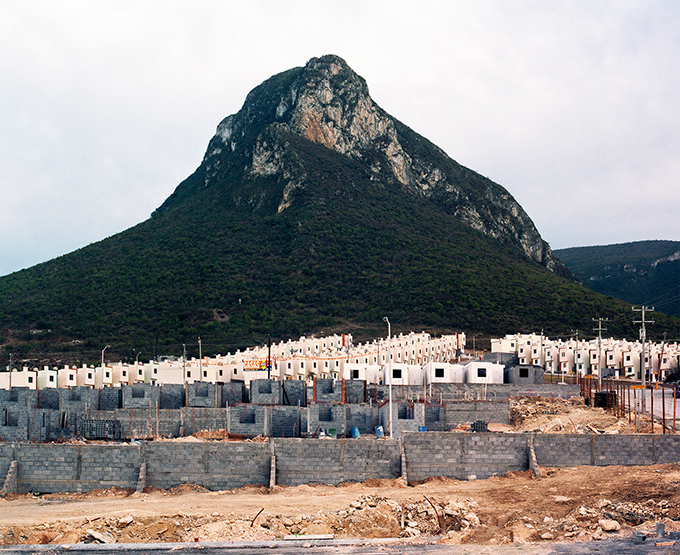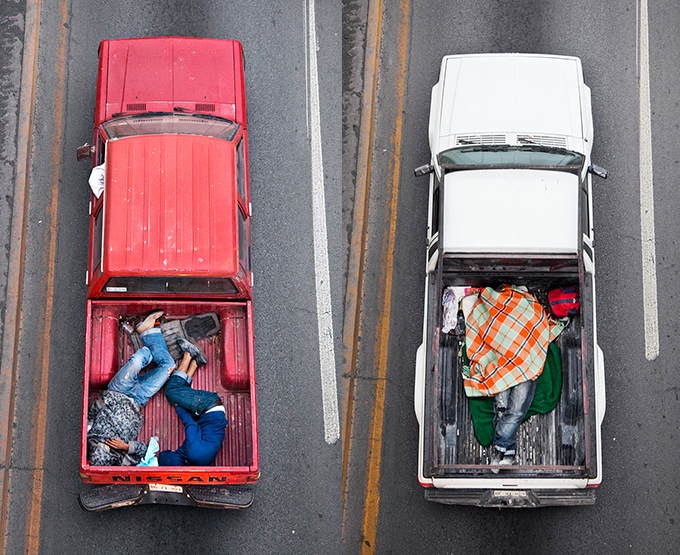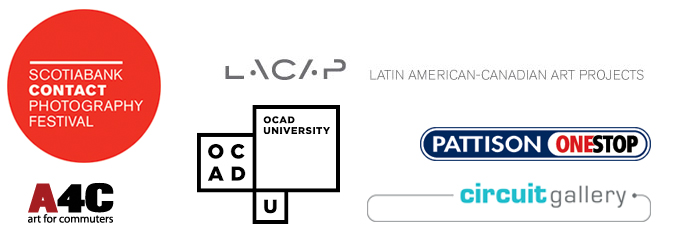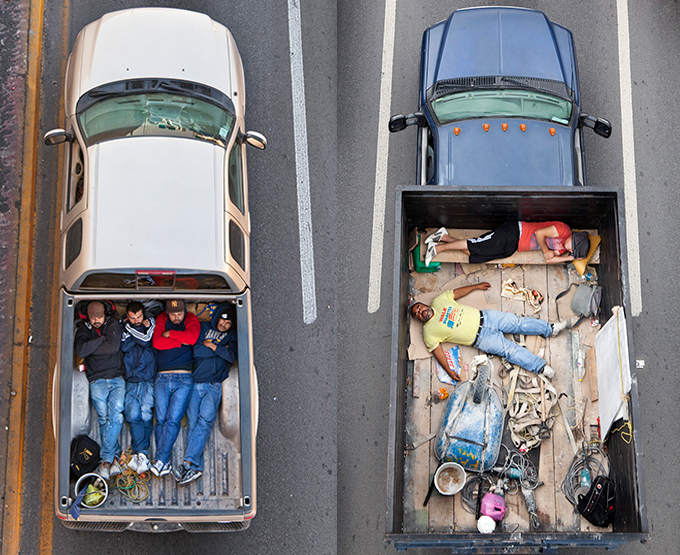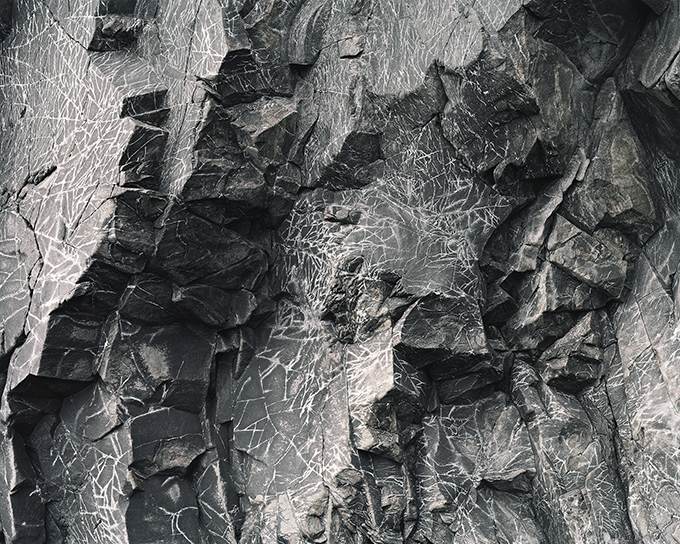
FOR IMMEDIATE RELEASE
Toronto, ON, January 2, 2020 — Circuit Gallery is pleased to present Time Sensitive, a solo exhibition by Canadian artist Andréanne Michon. This exhibition, her first in Toronto, incorporates the artist’s recent work across a range of media including photography, printmaking, sculpture, video, and sound.
But Time Sensitive is much more than a collection of new and diverse pieces. It is an eloquently unified whole. Carefully considering all aspects of her installation Michon transgresses expectations of genre, medium, and display to create something poetically new.
Michon’s work has always been environmentally conscious and curious, interested in Nature and the various natural and anthropogenic forces at play in its continual transformation, such as seasonal and climatic changes, fire, and drought. She has previously taken the action of these forces as subject, documenting cycles of growth, destruction and regeneration, in a predominantly lens-based practice.
Her latest work maintains this interest in the subject of transformation, drawing our attention to the planet itself and to the geological and tectonic processes and timescales involved in its formation. But here she also asks us to consider, as analogous, art making at the level of materials and processes interacting across significantly shorter time periods.
While photography remains at the core of Michon’s practice it now also functions as both material and metaphor. For example, in the aptly titled photographic series Index, Michon’s frame filling images of the earth’s strata, seen through various cross-sections of solid bedrock, function, in a sense, as the exhibition’s ground or starting place, a point of reference from which the formal experiments and geological interpretations in Time Sensitive take flight.
Michon has become an alchemist, transforming her materials and sources through carving, burning, tracing, editing, and shaping. She layers and blends techniques and processes to make hybridized new works: photographic materials (paper and film) assume three-dimensional form, pyrographic embossings become photographs.
Experiencing the exhibit, we accumulate layers of insight and understanding which act on each other much like photochemical or geological processes, melding the parts into something that is both completely new and coherently composed of its distinct parts.
At the same time, Michon’s work is consciously enigmatic, playing with perception, perspective, and scale in terms of both subject and medium, relishing the contrasts of macro and micro, light and dark, solid and fragile, appearance and disappearance, line and mass, the ephemeral and the eternal. She deliberately obscures her images’ sources, creating confounding visual mysteries that make the viewer’s interpretation yet another stratum in the transformative process. Are we looking at a contour drawing of a mountain range or a detailed mapping of the veins, seams, and cracks running through rock? Are we watching the freezing or melting of an ice sheet?
As the title implies, Time Sensitive is both an experiment with and a discussion of temporal scale, overlaying the transitory mutations of the darkroom on the vastness of geological transformation. Michon pointedly illustrates the paradox of Humanity’s absurdly small place in the deep time story of the Earth and the devastating urgency of addressing our impact upon it.
Time Sensitive runs January 9 through February 1 at Circuit Gallery @ Prefix ICA, with an opening reception on Friday, January 10, from 6 – 9 p.m.. The artist will be in attendance. Michon will also be at the gallery on Saturday, January 18 from 1-3 p.m. to talk informally about her work.
BIO
Andréanne Michon is a Canadian artist based in Toronto. She received a BFA, with distinction, from Concordia University (Montreal, Canada) in 2010 and she completed an MFA at the San Francisco Art Institute in 2013. She has participated in numerous solo and group exhibitions in North America and Europe and her work has been selected for inclusion in international juried shows by important curators from major museums (LACMA, SFMoMA, FAMSF, J. Paul Getty, and the Guggenheim). Michon works with a range of media, including photography, printmaking, sculpture, video and sound, which she often explores in artist residencies; notably at L’imprimerie centre d’artistes in Montreal, at the Vermont Studio Center, and at SÍM Reykjavík in Iceland. In 2019, Michon exhibited her most recent artworks in California at Bass & Reiner Gallery and SF Camerawork.
Andréanne Michon
Time Sensitive
January 9 – February 1, 2020
Circuit Gallery @ Prefix ICA
401 Richmond Street West, Suite 124
Toronto, ON, M5V 3A8
[ Google Map ]
Gallery Hours: Tuesday – Saturday, 12:00 – 5:00 p.m.
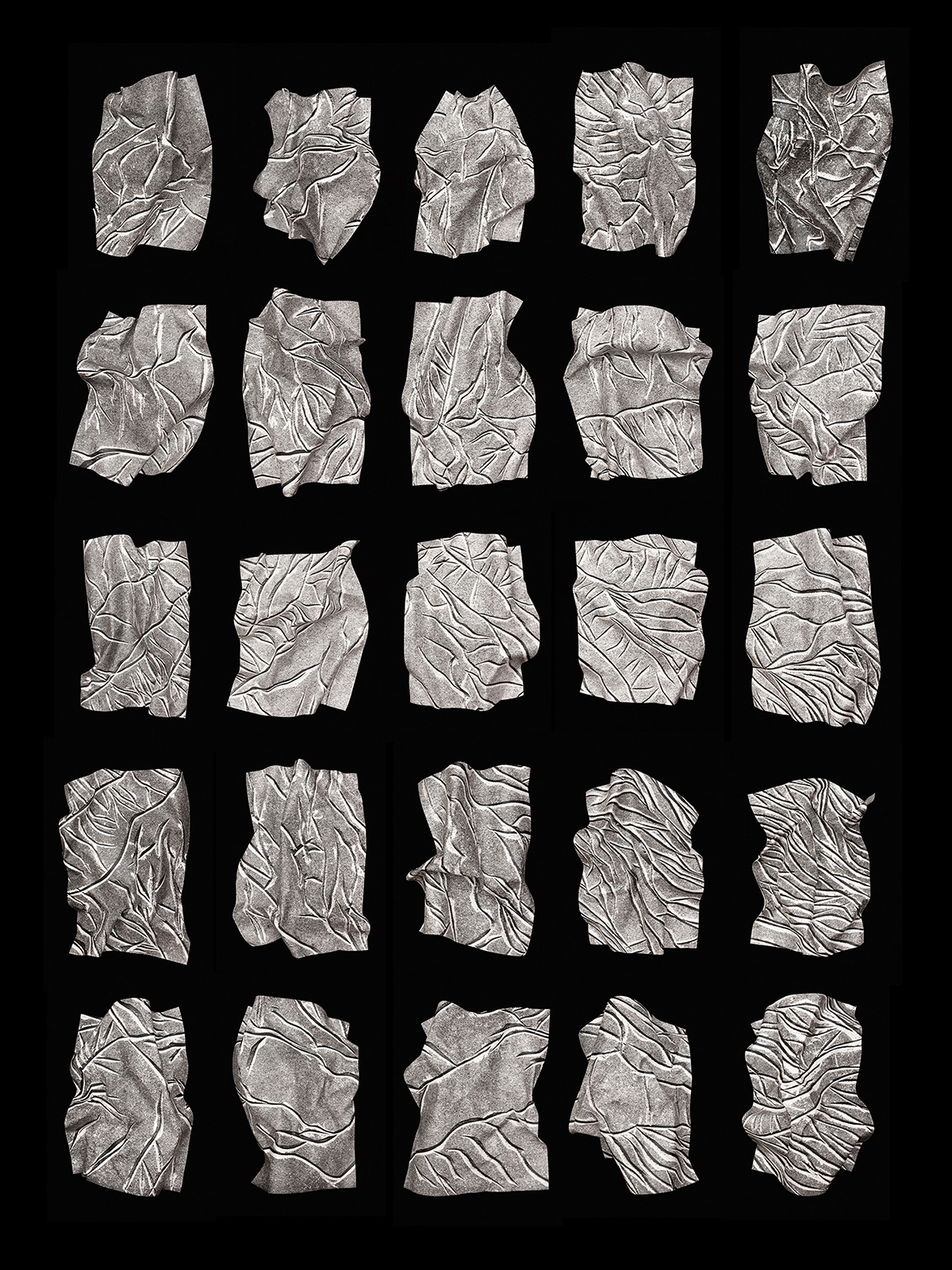
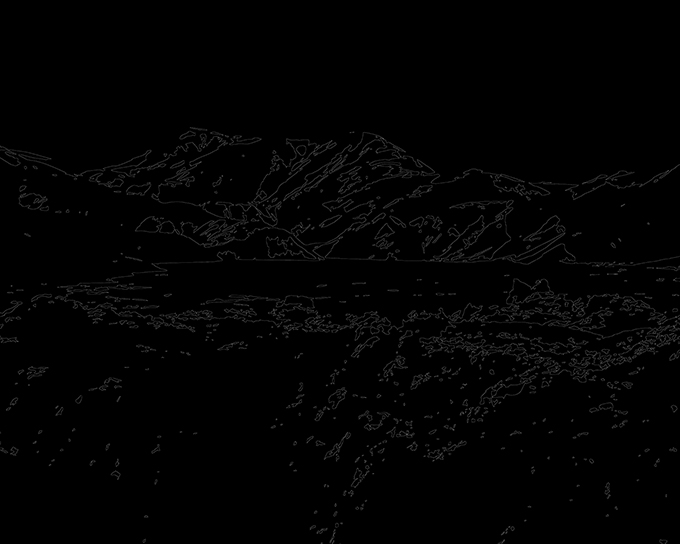
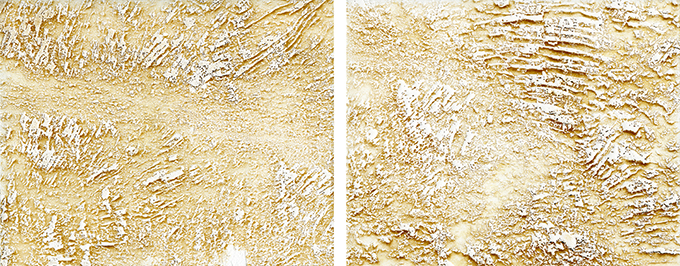
Visit Circuit Gallery for more information and to see more images:
www.circuitgallery.com/exhibitions
ABOUT CIRCUIT GALLERY
Circuit Gallery specializes in contemporary photography. Established in 2008 by Susana Reisman and Claire Sykes, the Toronto based commercial gallery represents both emerging and established Canadian and international artists.
Web: www.circuitgallery.com
Email: info@circuitgallery.com
Phone: 647-477-2487
###

